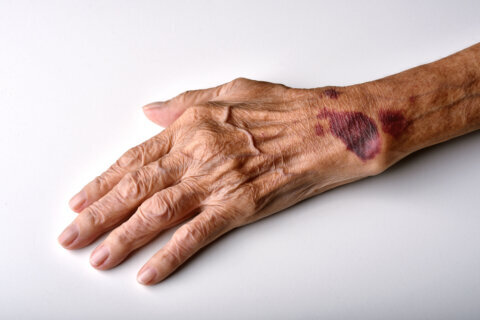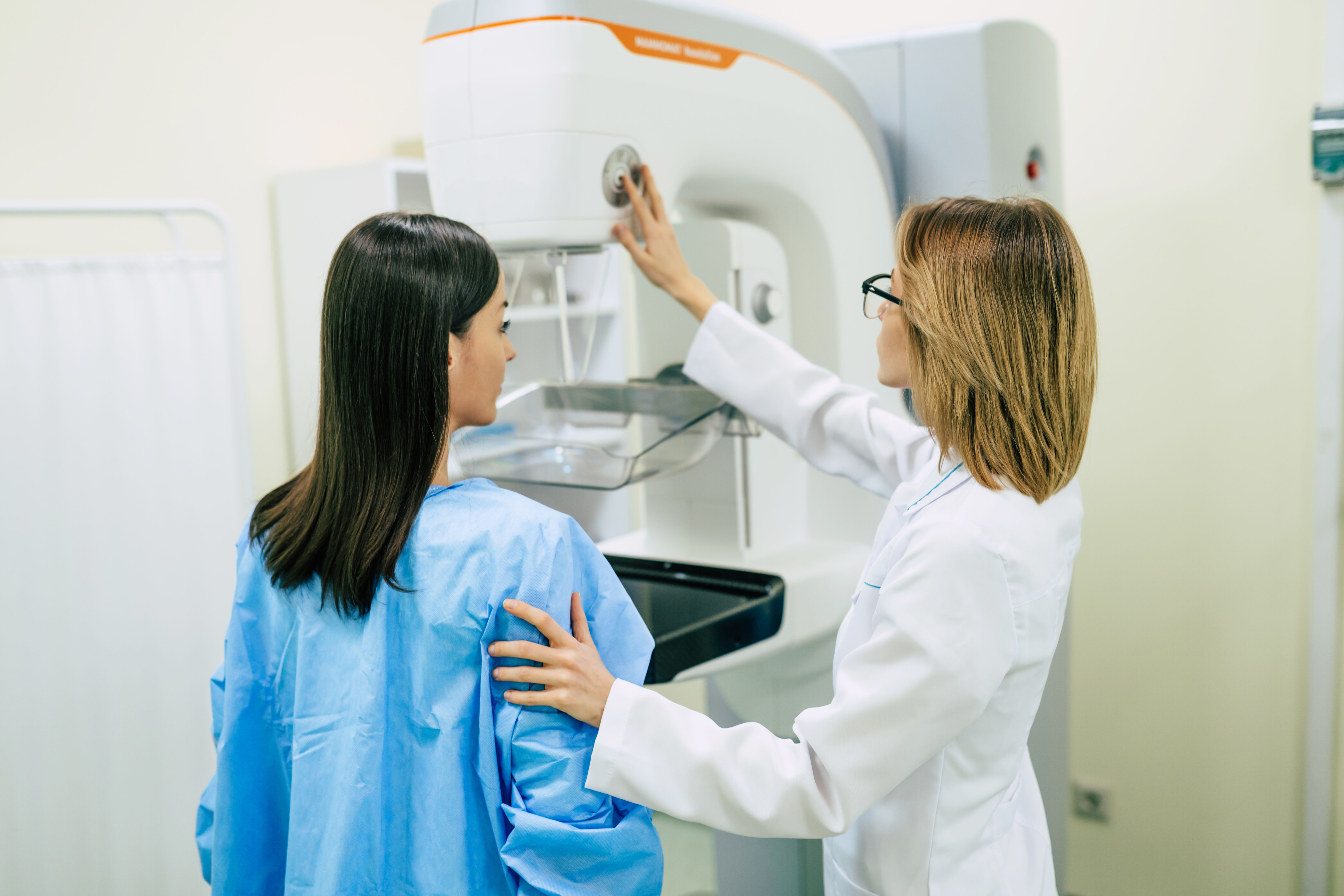This content is provided by MedStar Washington Hospital Center
Kidney stones send more than 500,000 people to the emergency room each year, according to The National Kidney Foundation, and it is estimated that one in 10 people will have a kidney stone at some time in their lives. This common ailment has impacted scores of people, and thanks to a minimally invasive treatment, patients are experiencing less pain and faster recovery times.
Kidney stones are hard deposits made of minerals and salts that form inside kidneys. People with kidney stones experience kidney or back pain, often so intense “people have actually compared kidney stone pain to child birth,” said Dr. Daniel Marchalik, director of Ambulatory Urologic Surgery at MedStar Washington Hospital Center.
So how do you know if you have a kidney stone — aside from that intense pain? Common symptoms include blood in the urine; infection in the urine, which can cause urine to smell bad and look cloudy; nausea or vomiting; and severe pain in the flank or groin.
One of the most effective ways larger kidney stones can be treated is through an outpatient tubeless mini percutaneous nephrolithotomy, also known as a mini PCNL. This minimally invasive procedure allows surgeons to remove kidney stones through tiny incisions and provides patients with quick recovery times — especially compared to treatments used in the past.
“We still get all of the advantages of a regular PCNL, in that we can get the patient out of the hospital with less stones or no stones at all and decrease the number of surgeries that they need to be stone-free. But with the mini PCNL, there are some additional benefits,” Dr. Marchalik said.
The main difference between the procedures is the size of the opening, Dr. Marchalik said. In the past, surgeons had to make larger incisions to fit in bigger instruments to help break up and remove kidney stones. The mini PCNL requires smaller instruments and smaller incisions.
“And as you can imagine, a smaller incision leads to a better recovery, less pain, less discomfort,” he said. During a mini PCNL, surgeons use that small incision in the back to insert a scope and probe that can help in breaking up the stone and suctioning out the pieces, Dr. Marchalik said.
Also, unlike traditional PCNL, with a mini PCNL, patients can go home without a tube in their back. The procedure can also be done on a same-day outpatient basis.
After the surgery, patients can have pain in their back and blood in their urine for a few days and some discomfort in stomach or back afterwards.
MedStar Washington Hospital Center has a team of surgeons who perform these procedures regularly and are very comfortable with them, Dr. Marchalik said. Also, MedStar Washington Hospital Center’s interdisciplinary team lets patients know they are getting all perspectives on their case, he added.
“It’s not just a surgery,” Dr. Marchalik said. “At the end of the day, we follow these patients for years after, we make dietary modifications and any type of other changes we need to make to make sure we don’t just treat the stone, we treat the patient and we prevent these stones from coming back in the future.”
Read more and listen to a podcast with Dr. Marchalik here.







